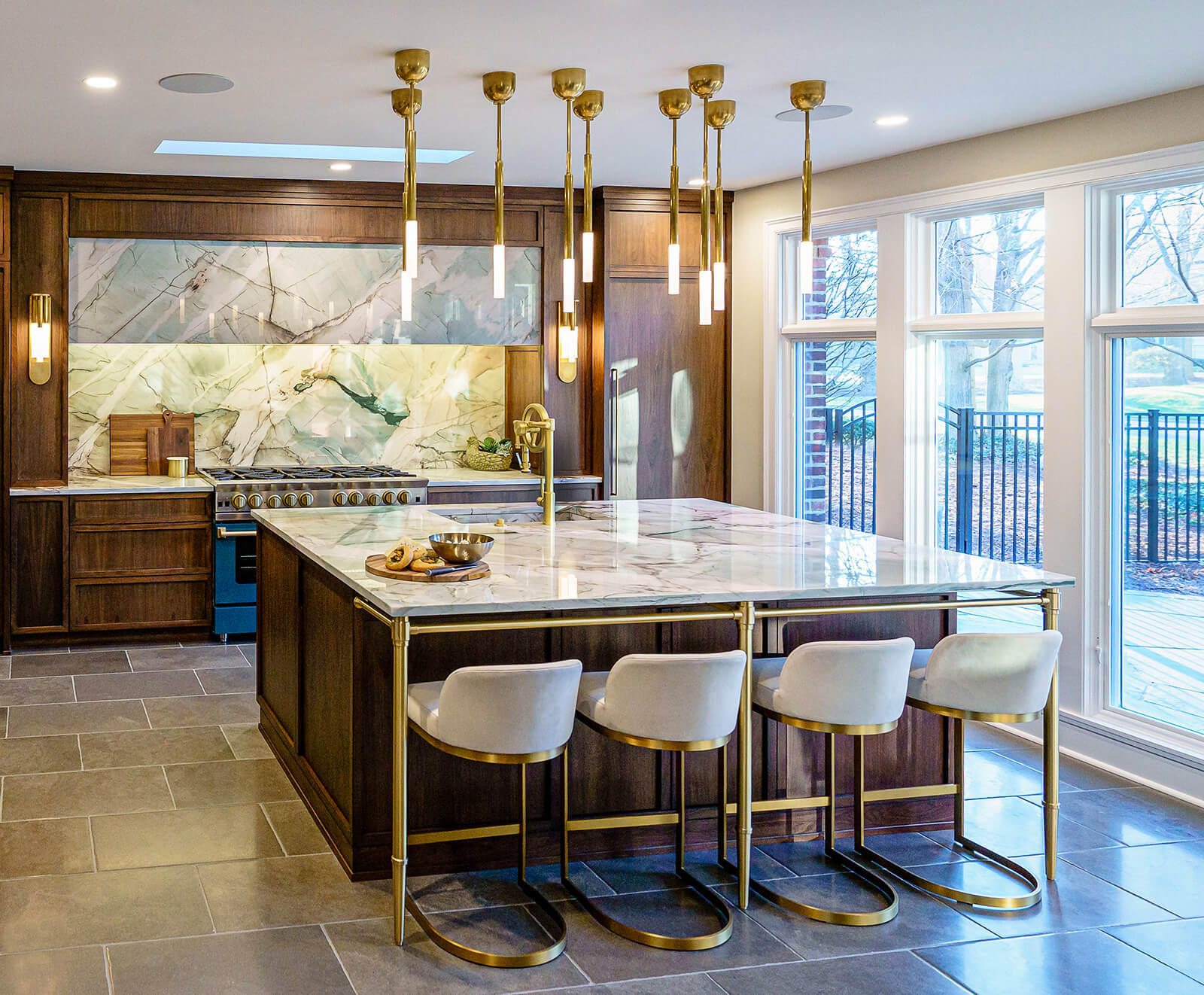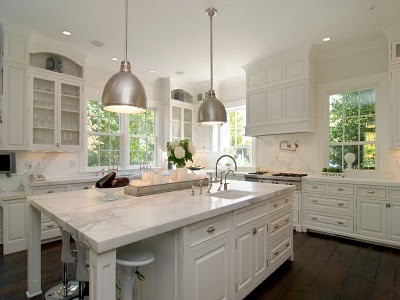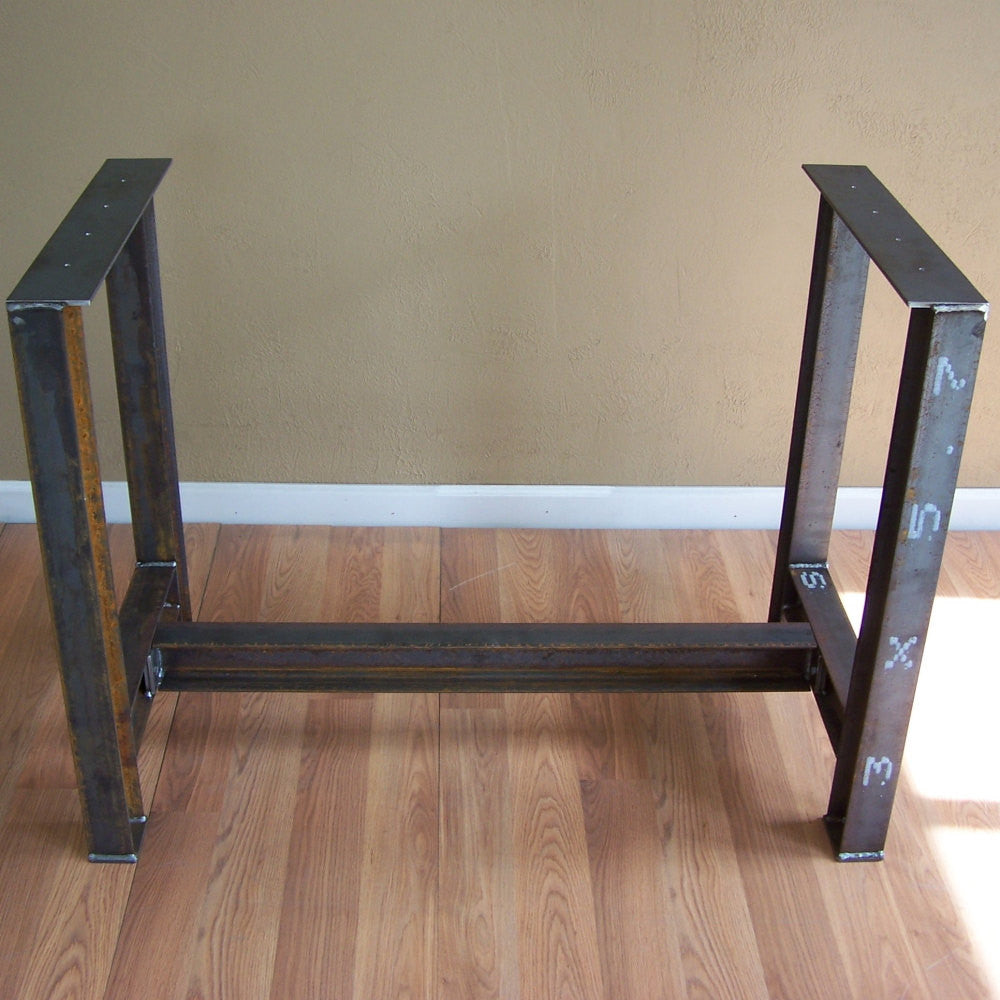Tailor Your Kitchen Look with Unique Legs For Kitchen Island Choices
Tailor Your Kitchen Look with Unique Legs For Kitchen Island Choices
Blog Article
Important Factors to Consider When Picking Legs For Cooking Area Island
Selecting the ideal legs for a kitchen area island entails a careful analysis of multiple aspects that can considerably affect both functionality and visual appeal. As we check out these components, it ends up being clear that each choice can have far-reaching ramifications for the total kitchen experience.
Product Options
When picking legs for a kitchen island, recognizing the numerous material choices is essential for accomplishing both visual allure and structural stability (Legs For Kitchen Island). The option of product significantly influences not just the durability of the island however likewise its total layout and functionality
Wood is a prominent selection, offering warmth and flexibility. Strong hardwoods, such as oak or maple, offer stamina and can be tarnished or repainted to match the cooking area style. Metal legs, often made from stainless-steel or wrought iron, contribute a commercial and modern feeling while ensuring sturdiness and stability. These products are resistant to wear and can support substantial weight, making them optimal for larger islands.
An additional choice is engineered materials, like MDF or plywood, which can be much more affordable while still providing a range of finishes. They may not provide the exact same degree of stability as strong timber or metal. Legs For Kitchen Island. Materials such as acrylic or glass can produce a contemporary look, though they might require added assistance to guarantee security.
Eventually, the option of product for kitchen area island legs should straighten with the preferred functionality and the general theme of the cooking area.
Design and Layout

When considering style, the shape and finish of the legs are important. Conical legs can give a feeling of agility and sophistication, while thicker, extra durable legs can share toughness and stability. Additionally, the finish-- be it painted, stained, or all-natural-- need to enhance the kitchen cabinetry and kitchen counter products to create a unified appearance.
In addition, the layout of the legs can additionally show personal taste. Custom or decorative legs, such as those including intricate makings or one-of-a-kind geometric forms, can function as focal points, adding personality and character to the kitchen area. Ultimately, the best option will not just improve functionality but additionally raise the aesthetic allure, making the cooking area island a standout function of the home.
Elevation Factors To Consider
Picking the suitable elevation for kitchen island legs is vital, as it directly affects both capability and comfort. The typical height for a kitchen area island typically ranges from 36 to 42 inches, straightening with common counter top elevations.

It is additionally vital to represent users' preferences and elevations. Personalizing the elevation can make sure a comfortable experience for all household participants, making the kitchen island an extra useful and pleasurable space.
Weight Assistance
Guaranteeing ample weight assistance for kitchen island legs is crucial for both safety and capability. The kitchen area island often serves multiple functions, including cooking, dining, and extra storage space, requiring a durable support framework. When picking legs, it is important to consider the general weight ability required based upon the island's planned use and the products that will be put on it.
The selection of material for the legs plays a considerable duty in their weight-bearing capabilities. Strong timber, metal, and durable compounds generally supply superior stamina compared to lighter materials. Additionally, the layout of the legs-- whether they are straight, tapered, or have a pedestal type-- can affect their ability to distribute weight efficiently across the framework.
Moreover, the leg positioning must be purposefully planned to improve security. Legs positioned at the edges or with a wider base can better support much heavier lots. Constantly get in touch with the manufacturer's specifications regarding lots restrictions to make certain that the legs can maintain the intended weight without endangering security. In summary, picking cooking area island legs with sufficient weight assistance is vital for developing a secure and practical culinary area.
Installment and Upkeep
Correct setup and maintenance of cooking area island legs are important for guaranteeing long life and stability. This usually includes securing the legs to the island base utilizing appropriate bolts, ensuring that the legs are degree and aligned.
When installed, routine upkeep is required to maintain the integrity and look of the legs - Legs For Kitchen Island. For wood legs, regular cleansing with a damp fabric and application of ideal wood gloss can protect against wetness damages and maintain their coating. Steel legs may require a mild cleaning solution to get rid of grease and gunk, adhered to by a dry fabric to see here now stop corrosion formation
Additionally, check the legs routinely for indicators of wear or damage, such as fractures or loosened joints. Tightening up screws or bolts as needed can likewise lengthen the lifespan of the legs. By adhering to these installation and maintenance practices, property owners can make sure that their cooking area island continues to be tough and aesthetically appealing for years to come.
Conclusion

Visual comprehensibility is paramount in choosing the design and layout of legs for a kitchen area island, as these elements significantly influence the general setting of the room. Conical legs can provide a sense of lightness and sophistication, while thicker, extra durable legs can share strength and Website stability.Choosing the suitable height for kitchen area island legs is vital, as it straight influences both capability and convenience. In recap, picking cooking area island legs with ample weight assistance is essential for developing a secure and useful cooking room.
In final thought, choosing legs for a kitchen area island requires cautious factor to consider of different aspects, including material options, style, elevation, weight assistance, and setup.
Report this page